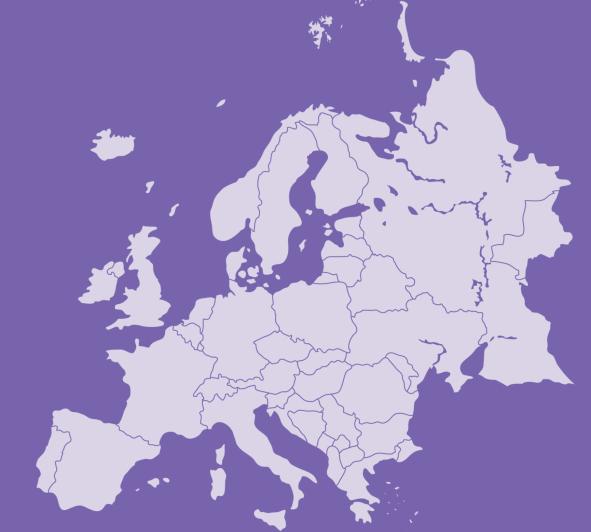Across the 28 European Union (EU) member states in 2015, wind accounted for 44% of all new power installations, according to a report from the European Wind Energy Association (EWEA).
EWEA says a total of 12.8 GW of wind was connected to the grid: 9,766 MW for onshore and 3,034 MW for offshore.
In addition, the volume of new installations was up 6.3% from 2014. Total wind capacity in Europe now stands at 142 GW and covers 11.4% of Europe’s electricity needs, according to EWEA.
Giles Dickson, CEO of EWEA, says, “These numbers show that wind is the driving force behind the EU’s energy transition. Wind energy is a mature industry. It makes economic sense and is contributing significantly to Europe’s energy security and competitiveness goals.”
Renewables accounted for 77% of new power plant installations in 2015: 22.3 GW from a total 29 GW.
Investments in new onshore and offshore wind farms reached EUR 26.4 billion, a 40% increase on 2014, with both onshore and offshore attracting record levels of capital. Almost half the new wind installations in 2015 were in Germany; Poland was the second largest installer with 1.3 GW new capacity, followed by France with 1 GW.
Dickson continues, “We’ve seen strong expansion in Germany in 2015 and a strong year for offshore wind. But growth is uneven geographically. We’re not doing as well in countries where the policy and regulation is unclear and/or ineffective – investors and developers go elsewhere.
“Policy is key, especially when we look at the longer term. As of now, only six out of the 28 EU states have clear targets and policies in place for renewables post-2020. We see more ambition in emerging economies – which puts a question mark by the EU’s goal to be No. 1 in renewables.”




